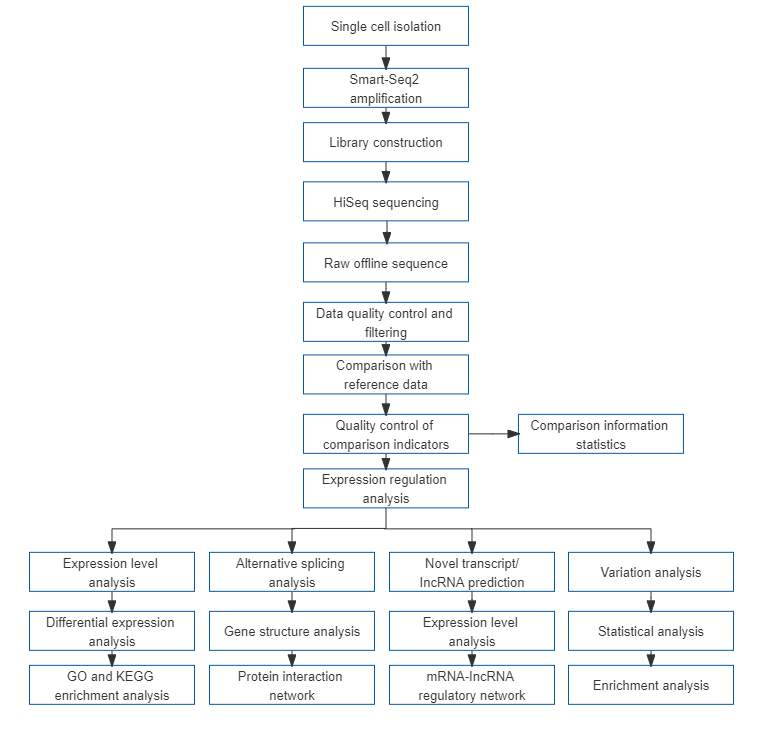
Brief
Single cell RNA sequencing is a high-end technology for whole-transcriptome amplification and high-throughput sequencing of mRNA at the single-cell level, which studies the overall gene expression in a single cell, as well as the structural variation of genes; it is mainly used to study cell heterogeneity in cellular and molecular mechanisms, and the sample size is too small for conventional high-throughput sequencing.






